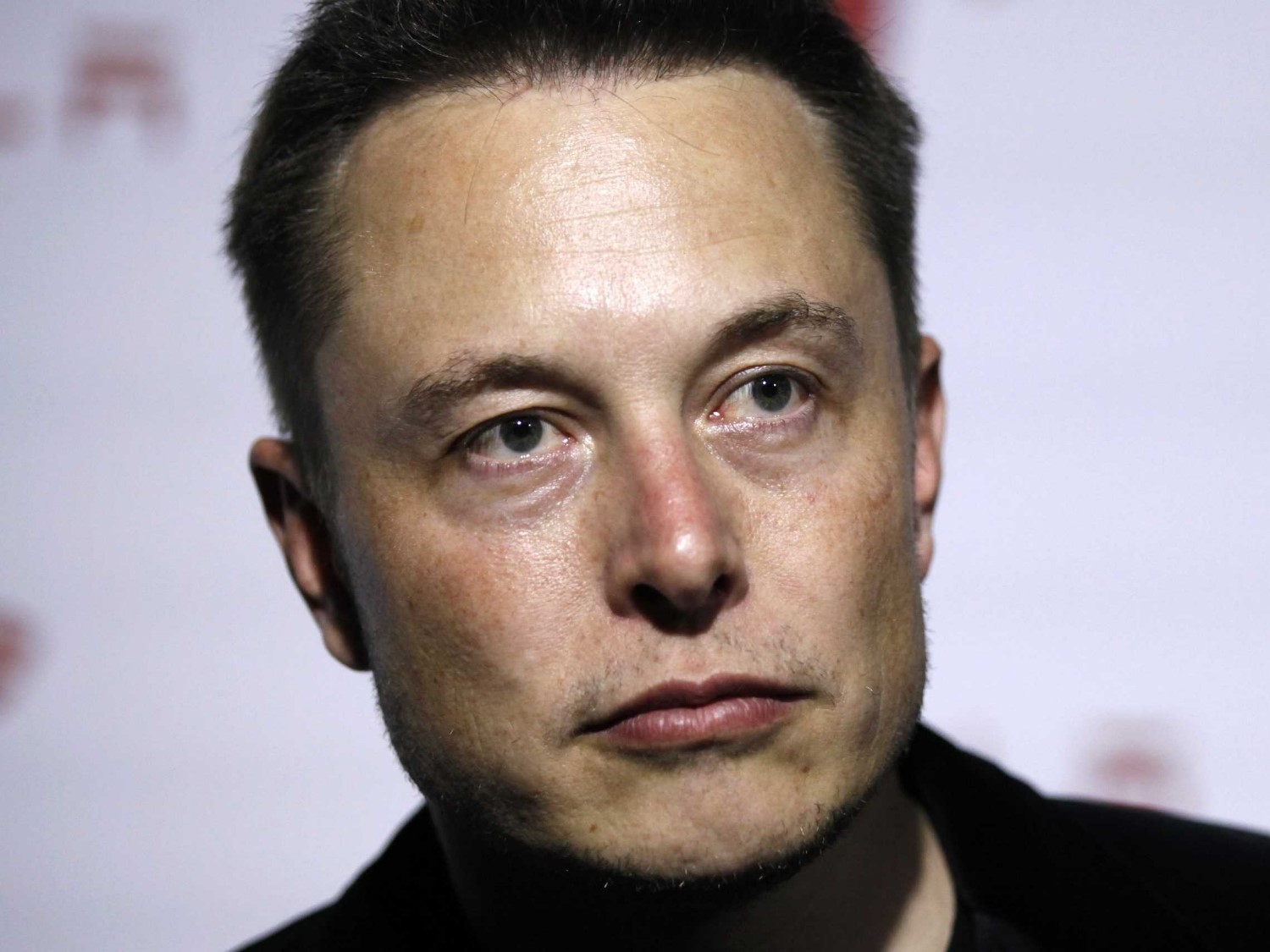Tesla Misses Model 3 Production Goals
 |
| Musk plans to speed up Model 3 Production |
Tesla Inc. badly missed its goal of building 1,500 Model 3 cars in the third quarter, the first sign that the production ramp-up for the new sedan isn’t going as smoothly as planned writes Tim Higgins of the Wall Street Journal.
The Silicon Valley electric-car maker built 260 of the Model 3s between July and September, the company said Monday in a statement. In August, the auto maker predicted it would build more than 1,500 Model 3s before cranking up production to 5,000 a week by the end of the fourth quarter.
The Model 3, which starts at about $35,000, represents Chief Executive Elon Musk’s bet that he can transform the luxury auto maker into a more mainstream player around the world. Tesla blamed “production bottlenecks" for the weaker production.
“It is important to emphasize that there are no fundamental issues with the Model 3 production or supply chain," Tesla said in a statement. “We understand what needs to be fixed and we are confident of addressing the manufacturing bottleneck issues in the near-term."
When Mr. Musk touted the new cars in a July celebration, he warned the first six months of production could be “manufacturing hell" as its Fremont, Calif., factory learns how to build the new vehicle.
Enthusiasm for the Model 3 and Mr. Musk’s vision for transportation technology has helped boost shares more than 50% this year, at times making the 14-year-old, unprofitable company’s market value greater than General Motors Co., which sold about 10 million vehicles globally last year and made more than $9 billion in profit.
GM on Monday said it plans to introduce two more electric vehicles within 18 months in the U.S. and 20 globally within six years.
Tesla on Monday said its total global deliveries–including Model S sedans and Model X sport-utility vehicles–rose 4.5% to 26,150 compared with a year earlier. That beat the average estimate of 25,900 deliveries by five analysts surveyed by FactSet.
Tesla’s third-quarter results were helped by a 36% rise in Model X sales to 11,865 compared with a year ago, while Model S sales fell about 11% to 14,065.
Tesla delivered only 220 Model 3s during the quarter, well below the 1,300 that analysts surveyed by FactSet expected on average. Tesla sold these first Model 3 vehicles in the quarter to employees and investors, and expects to begin delivering them to nonemployees in the final three months of the year.
Some analysts weren’t confident in Tesla’s ability to meet Model 3 expectations in the quarter. Ben Kallo, an analyst for R.W. Baird, said in a Sept. 29 note to investors that Tesla was likely behind, estimating the company had delivered only about 300 to 400 Model 3s. “We believe Q3 will be the most challenging part of the Model 3 production ramp," he wrote.
Tesla in August said it expected combined sales of the Model S and Model X to increase during the second half of the year, up from the 47,100 units reported in the first six months. On Monday, Tesla said it expects sales to exceed that first-half total “by several thousand," reaching about 100,000 vehicles delivered for the year.
Unlike major auto makers, Tesla doesn’t report monthly sales results.
The company said 4,820 vehicles were in transit at the end of the quarter, which will be counted as sales in the fourth quarter. That is a 38% increase from the roughly 3,500 vehicles in transit at the end of the second quarter. Tim Higgins of the Wall Street Journal
